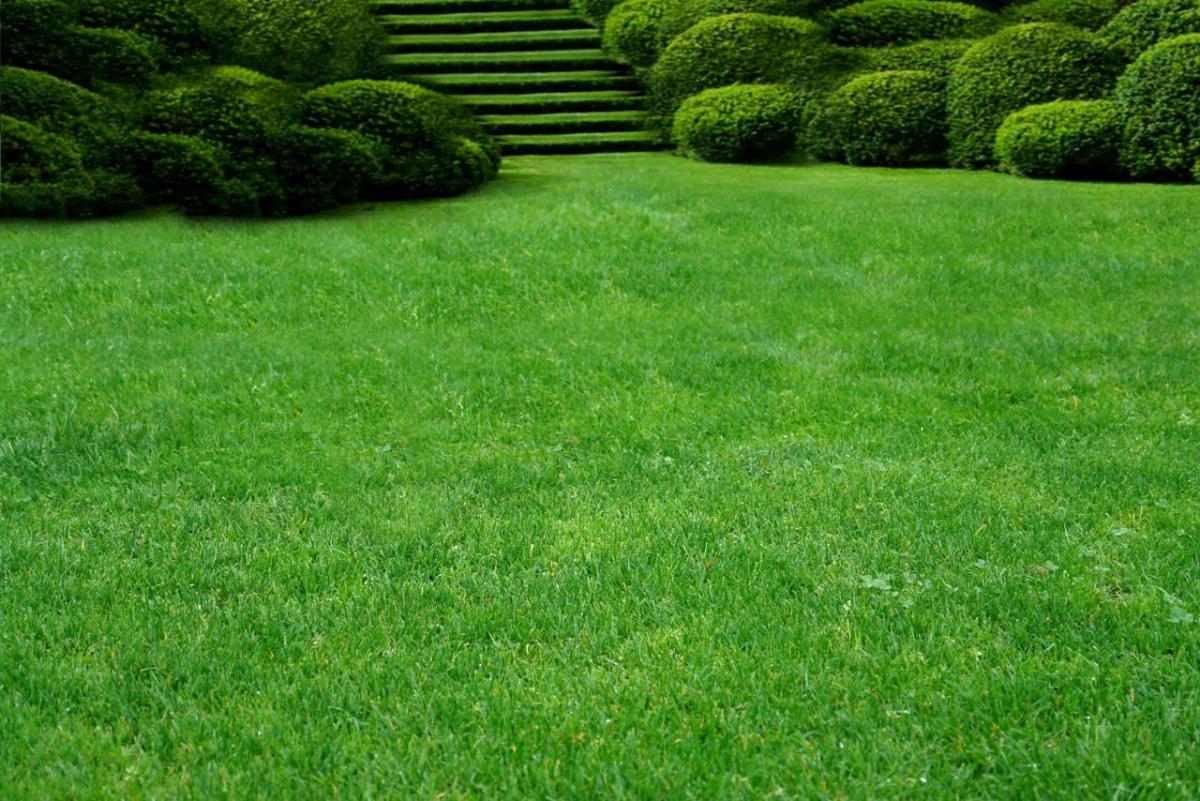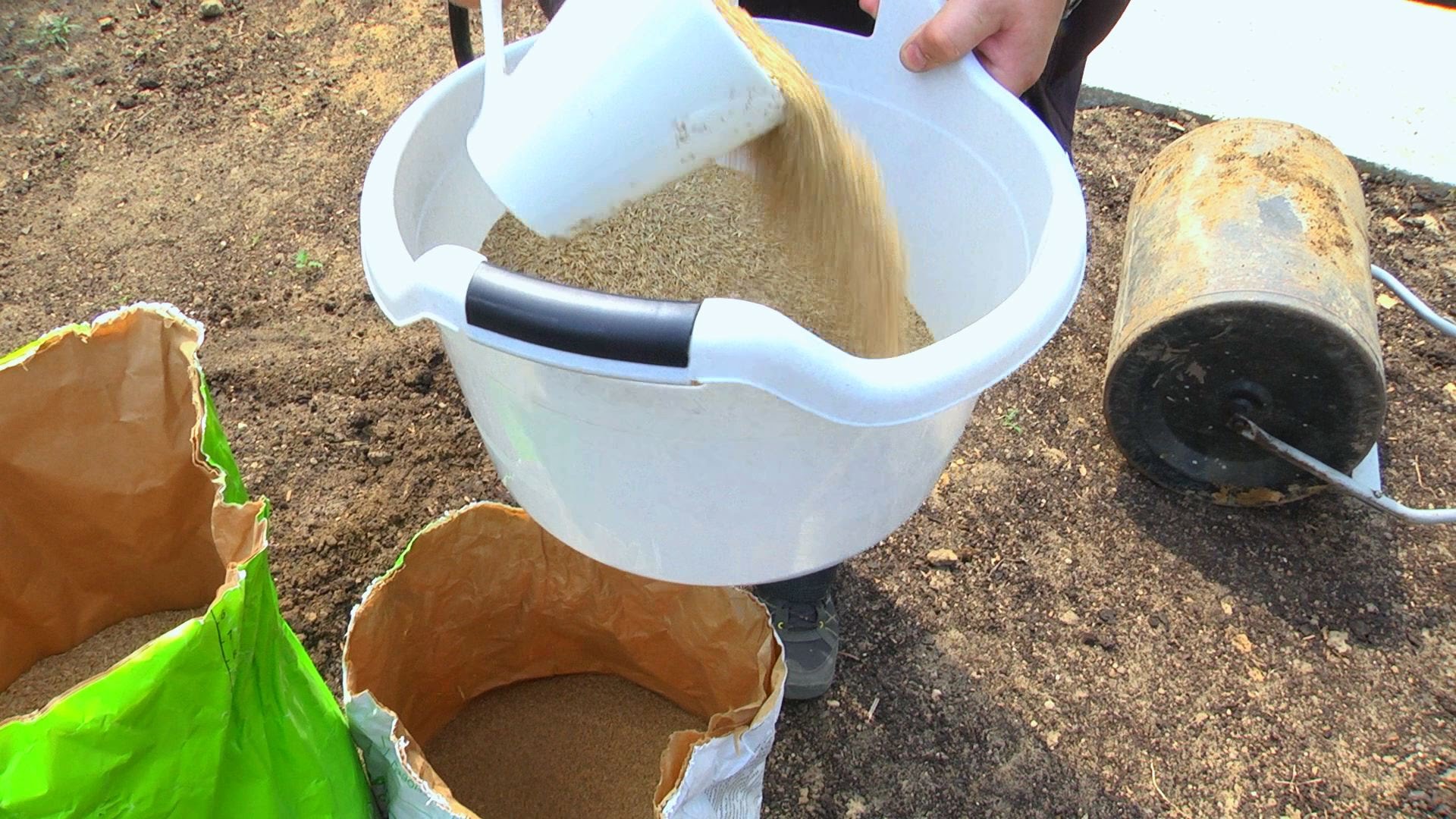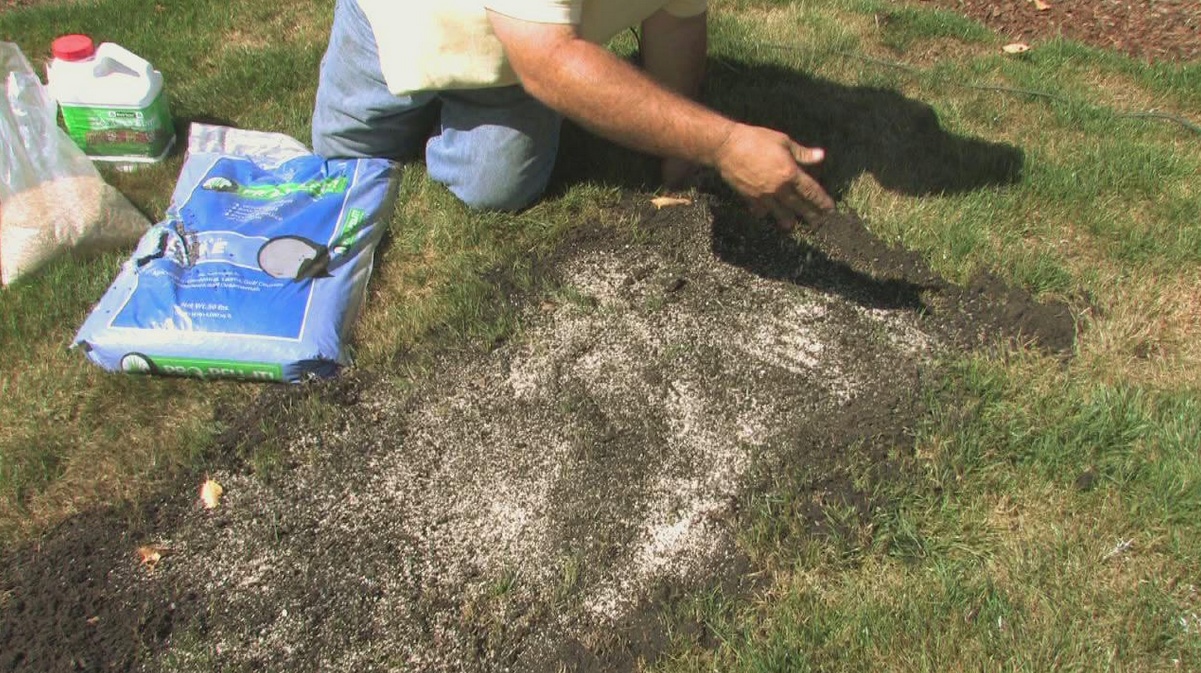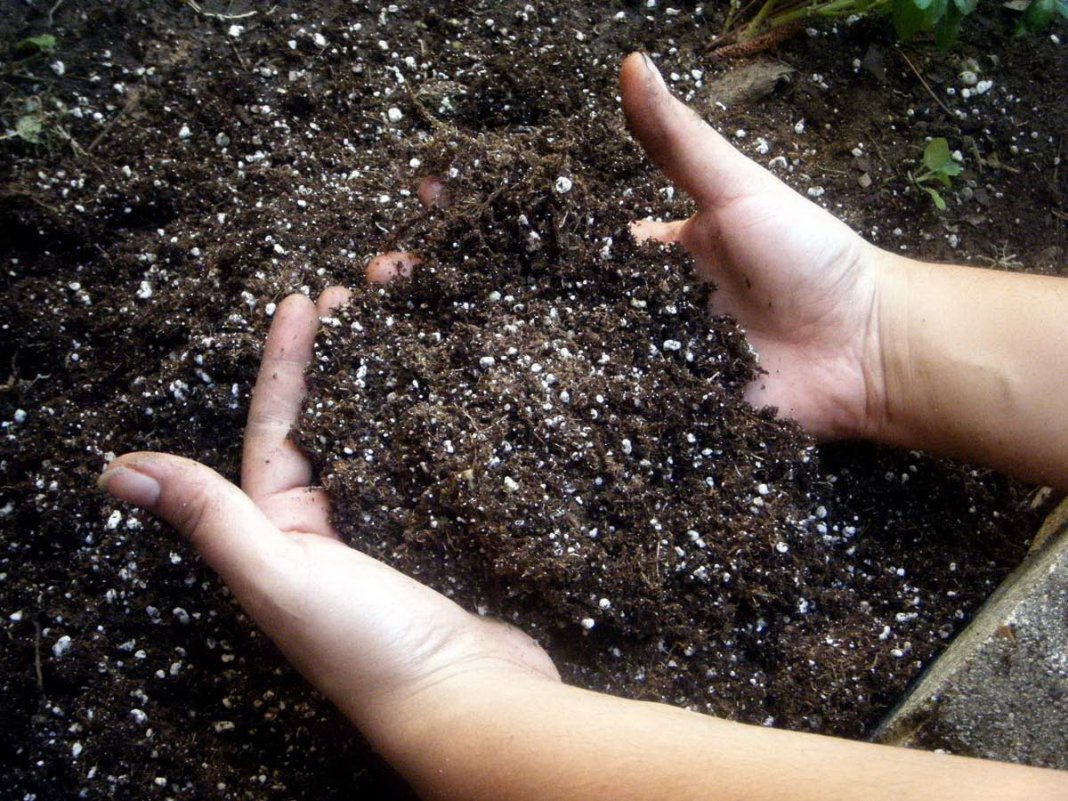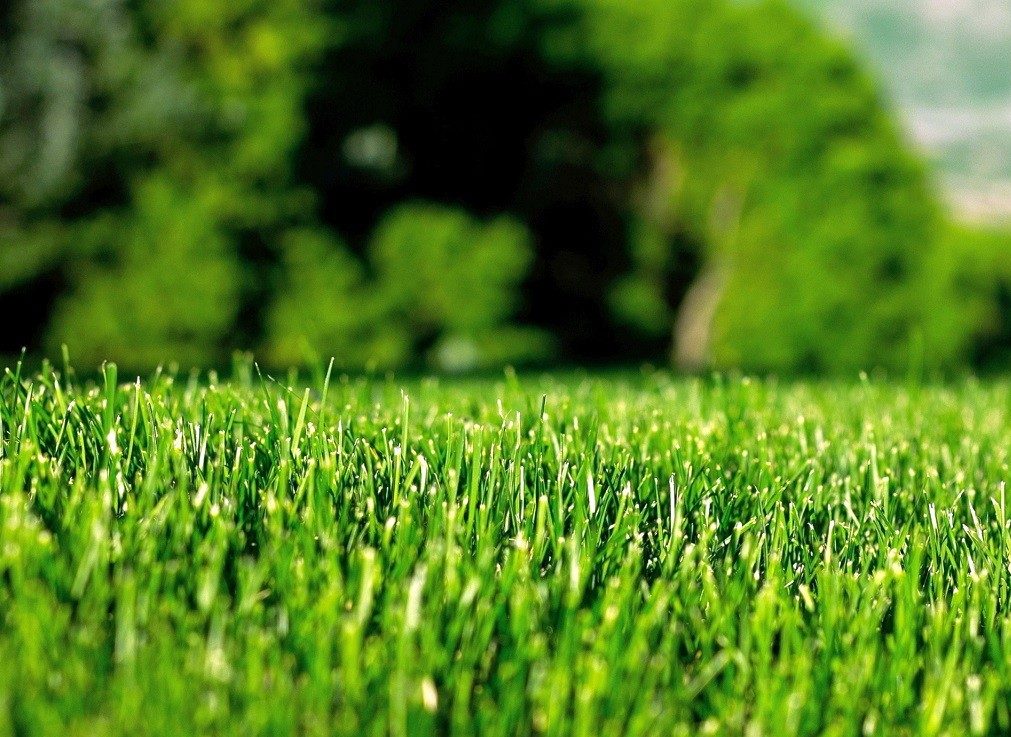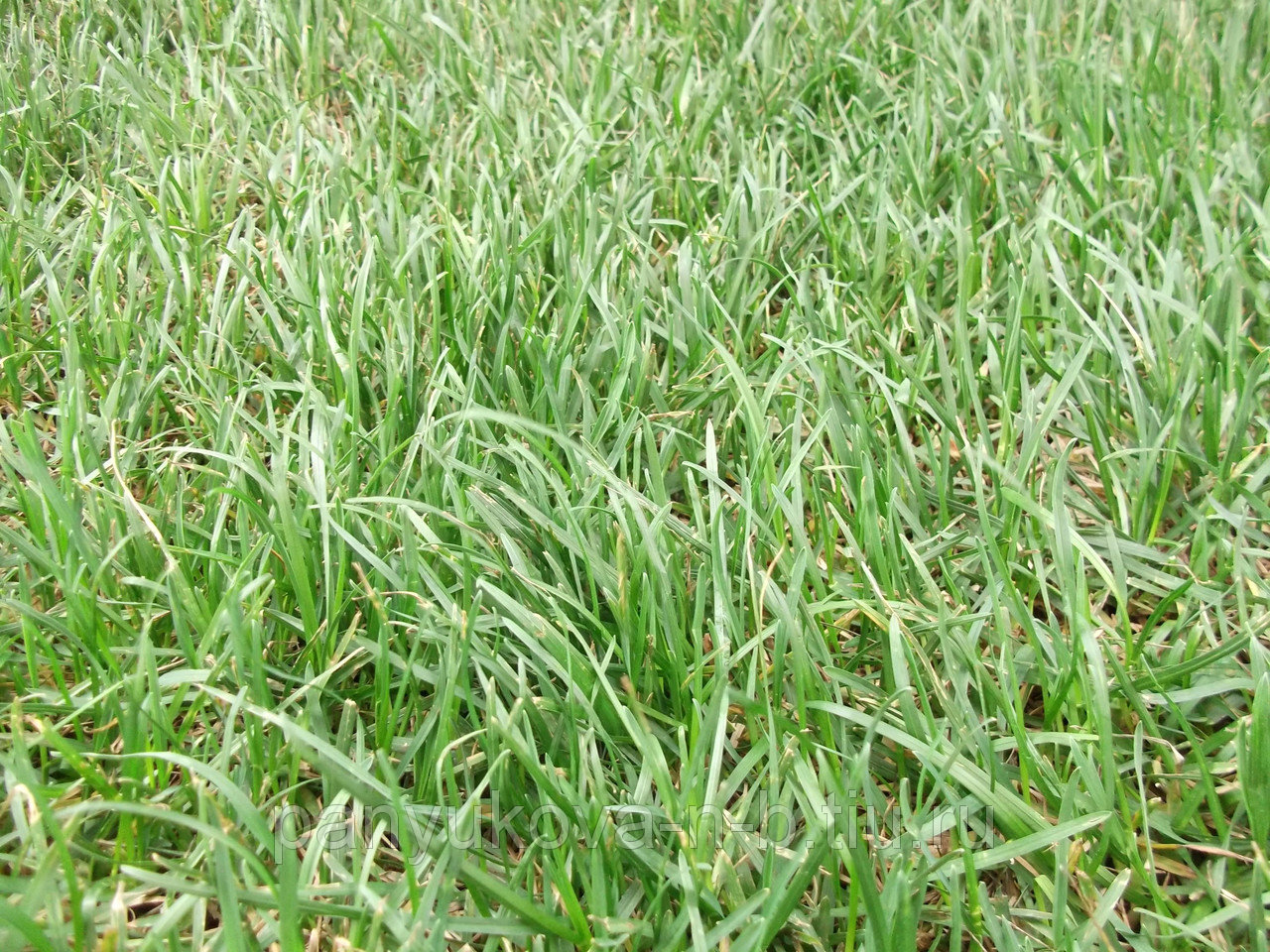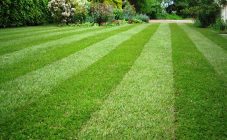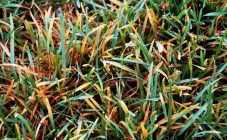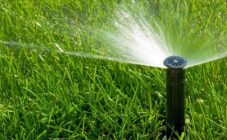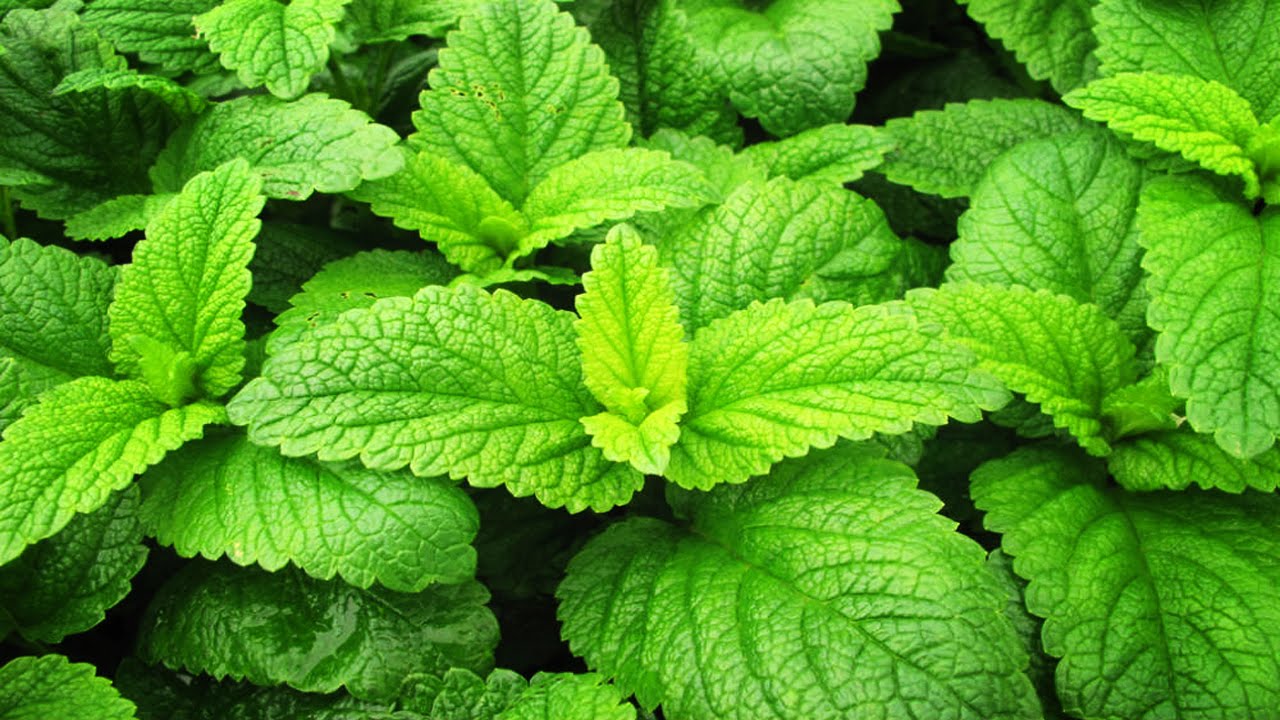Content:
The use of a lawn covering in the arrangement of a summer cottage or adjoining territories, parks, squares has long been a practice. For the first time, lawns appeared in Europe, where artificially created grass lawns appeared in the 17th century. His device was a carpet planting of low-growing flowers and was called Moorish (the conquering Moors brought this fashion to Spain).
Since then, many other types of lawns have been created depending on the purpose. The most commonly used ones:
- Parterre. A mixture of cereals (ryegrass, bluegrass, fescue) and legumes (clover).
- Moorish - flower lawns.
- Sports are used in stadiums (for example, on a football field).
- Meadows are sown with various meadow grasses and flowers. More suitable for personal plots, summer cottages.
- Rolled. The production of ready-made layers (up to several meters long) with live grass allows you to buy them in a specialized store or cut them yourself in natural meadows.
- Artificial is used for some sports fields (tennis courts, for example). The cost of this coating is very high.
Also, when commissioning new houses, the developer is obliged to equip the territory, including lawns. This normative document is part of the technical documentation.
Description of the formation of the sowing lawn
Having made the decision to sow some area with lawn grass, some preparatory work is required. Experienced gardeners recommend starting the sowing lawn in the fall. The concept of lawn organization, technology and care of it means drawing up a plan of the sowing area, preparing the land, sowing seeds and caring for plantings.
Site preparation in autumn
What exactly to do:
- Dig up the site. Clean from debris, roots.
- Cover with a film or roofing material until spring or treat with herbicides (tornado, diquat).
During the winter, the soil is compacted and compacted. The site becomes smoother. Spring work will consist only of trimming the site.
Sowing seeds
Before sowing, the land intended for this is loosened. Depending on the area, either manual sowing or the use of a seeder is used. The latter is more effective, because the seeds fall evenly, which means that the seedlings will germinate with the same density.
For field work, it is better to choose calm weather. Next, you should scatter the seeds close above the ground and immediately tamp the plantings (with a roller, pipe). So the planting material does not spread out of the site.
The final job is watering. If desired, after it, you can cover the area with a non-woven material such as a spunbond and water it later on. It will be possible to remove the covering material after the emergence of shoots.
Soil requirements
The soil for the lawn grass should be fertile, not acidic. The basis should be black soil. For the sowing type, you still need to add sand, peat, humus, and for a roll lawn, humus is not required, since the necessary additives are already present.
Lawn planting technology on clay soil
Clay soil is considered heavy. It has a high content of kaolin, which is why it practically does not allow moisture to pass through, and in drought it takes the form of a stone. Such land is difficult to cultivate, and if it turned out to sow a lawn on clay soil, then it is unlikely that it will be possible to grow a full-fledged cover. Because if you water the crops, the roots will rot from stagnant water, and if you let the soil dry out, the roots will be damaged and die in a solid layer of soil. Therefore, such soil (at least the top layer) must be enriched with additional components such as peat, humus, sand.
Sowing lawn grass
Before sowing, clay, sand, humus and peat are thoroughly mixed until a homogeneous, fine-grained composition is obtained. Then the seeds are scattered with a seeder or manually, the crops are watered. Before watering, it is advisable to tamp them (walk with a roller).
Further care consists in regular watering.
You should also take into account some of the features when sowing clay lands:
- build a drainage system;
- align the sowing field with a slight slope from the center to the edges so that the water does not stagnate, but flows off the lawn;
- choose the appropriate planting material.
Preparation of planting material for clay soil
Planting material can be purchased or collected with your own hands. In the first case, no pre-sowing preparation is required. When using your seeds, additional preparation is needed.
Preparation of seeds for sowing
The seeds of some plants (awnless bonfire, bluegrass and meadow foxtail, high ryegrass) have guard hairs, which, when sown, cling to lumps of soil. This prevents them from going deep into the ground and germinating. To avoid this, it is recommended to wipe the planting material with a grater. This method will help keep the seeds flowing.
The final part of the preparation is the etching of the planting material. Experienced gardeners recommend using one of these drugs 2 weeks before sowing:
- TMTD - 4 g per 1 kg of seeds;
- granosan (2 g) per 1 kg of seeds (can be combined with 40% phosphamide emulsion concentrate (8 g)).
This will help protect the seedbed from diseases and pests.
Soil preparation
Preparing the soil for sowing begins with cleaning the site from all unnecessary things. Weed roots are removed especially carefully. Next comes the operation to create a fertile layer. The root system of the lawn grass needs 15 cm of such a layer.
Liming the site
Clay soil, due to its high kaolin content, has an acidic environment. Therefore, first of all, the site should be lime. Suitable for this purpose:
- slaked lime;
- dolomite flour;
- a piece of chalk.
Mixing the fertile layer
Then, river sand and peat are scattered over the excavated area in equal parts (in total, about half of the total amount of the fertile layer). To obtain a loose soil, all the ingredients are thoroughly mixed, the layer is lightly rolled.
The next step is to mix the fertilizer from the compost, humus and the removed fertile layer (if any). A five-centimeter thickness of such a nutrient layer is sufficient for successful seed germination.
Planting a lawn in spring
Sowing the lawn in the spring is carried out very early - in the first decade of April.By this time, the site should be prepared (treated with herbicide, fertilized and loosened) and warmed up by the sun.
With proper care, whether the grass grows on clay will be known after 2 weeks. The first mowing may already be required in June.
Necessary tools and materials for creating a lawn:
- roller or pipe;
- level;
- seeder;
- rake;
- bayonet shovel;
- cultivator;
- watering hose;
- lawn grass seeds;
- seeds of undersized flowers.
Rules for the care and cultivation of sowing lawn in clay soil
A well-prepared fertile clay layer makes care almost routine. You just need to monitor the condition of the soil. The wet layer should be up to 10 cm deep. In the heat, the need for watering increases up to 1-2 times a day.
Before the first mowing, it is strictly forbidden to walk on the plantings. Do not forget that a purely clay layer is very close, and under the weight of a person, fragile sprouts can fall under the fertile layer. The roots will more or less get stronger and braid the sod layer by the time of the first mowing. It is even better to water crops from sprayers so as not to damage young seedlings.
Drainage systems
Taking into account the composition of the main, deep soil, the technology of lawn construction provides for drainage systems (grooves to the depth of the clay layer, filled with drainage material such as sand, expanded clay). It is also worth observing the angle of inclination of the field from the center to the edges.
Top dressing
Young plants consume nutrients very quickly. Therefore, the entire growing season of planting must be fed. Used for this:
- urea;
- superphosphate;
- potassium nitrate.
Top dressing is applied after each haircut along with watering.
The best lawn grasses for clay soils
On clayey lands grow well:
- red fescue;
- meadow fescue;
- meadow bluegrass;
- white bent;
- perennial ryegrass.
Typically, a mixture of these grasses in different combinations and proportions is used for clay lawns.
Some of these plants, such as red fescue and ryegrass, can even grow in unprepared clay soil. True, you still have to loosen and fertilize.
Recommended mix for clay soils
For clay soils, a mixture of 50% red fescue, 45% ryegrass and 5% meadow bluegrass is suggested. Inexpensive mixtures are sold in specialized stores in packs of 0.5, 1 and 10 kg.
All three plants are frost-hardy, easily tolerate drought, recover well after winter, but need feeding. Without it, they will not die, but the decorative appearance will be spoiled.
Gardening tips
Gardeners recommend:
- On clay soils, pour a top layer of sand (about 5 cm thick).
- Mix seeds with sand. In this case, the crops are more uniform.
- First pass the seeder along, then across.
- Go over the crops with a rake (to embed the seeds in the ground) and only then roll them.
- Feed the plants every 3 weeks. At the beginning of growth, more nitrogen is required (5-6.5 g per hundred square meters), and before winter - potassium (4.5-6 g per hundred square meters), phosphorus (3-4.5 g per hundred square meters).
The lawn is able to refine any area. It can be of any size, shape (square, round, oval). By combining different herbs, you can create a green meadow, a flowering lawn, a football field, and more. It will grow on any soil. A lawn is a concept, device and care for it - even a beginner can do it. Even the toughest soil will require a little effort and success will be achieved.
